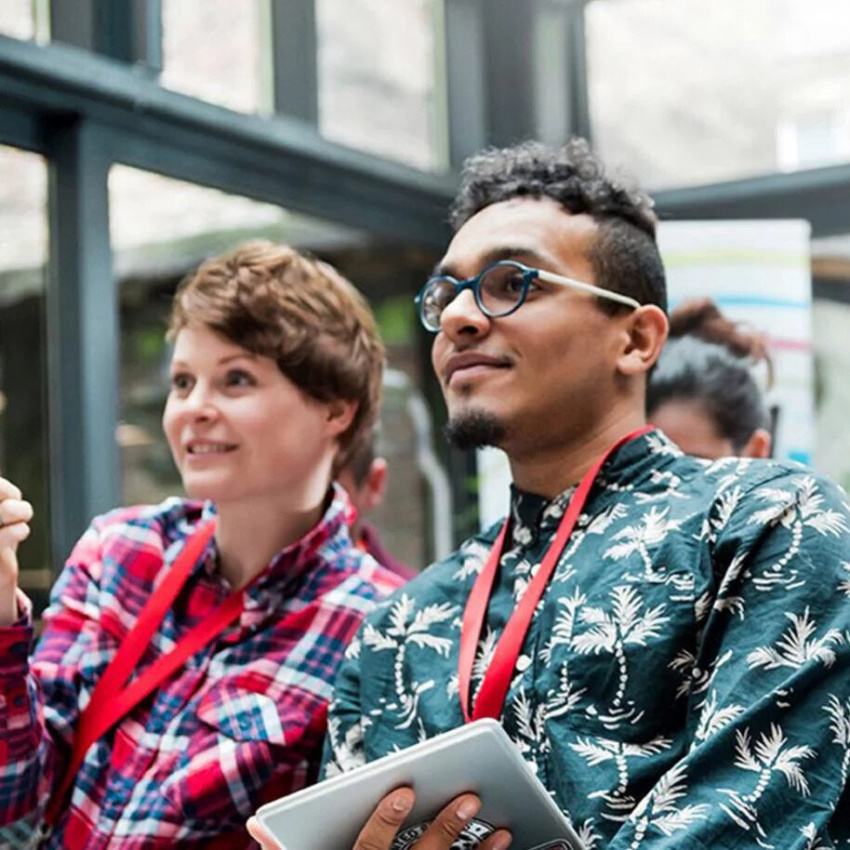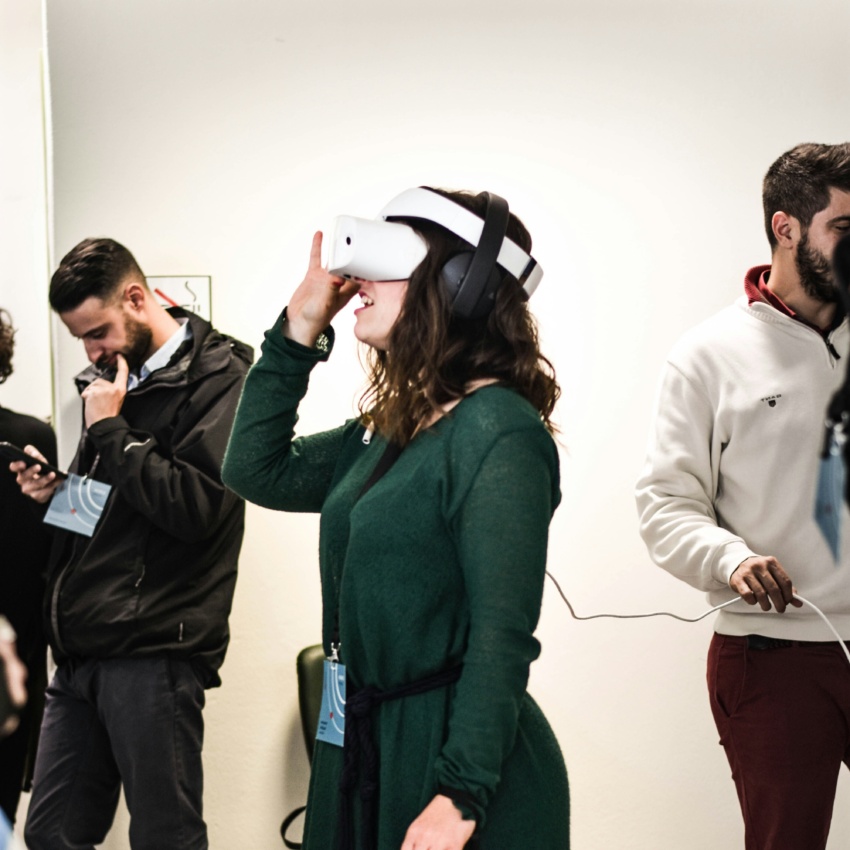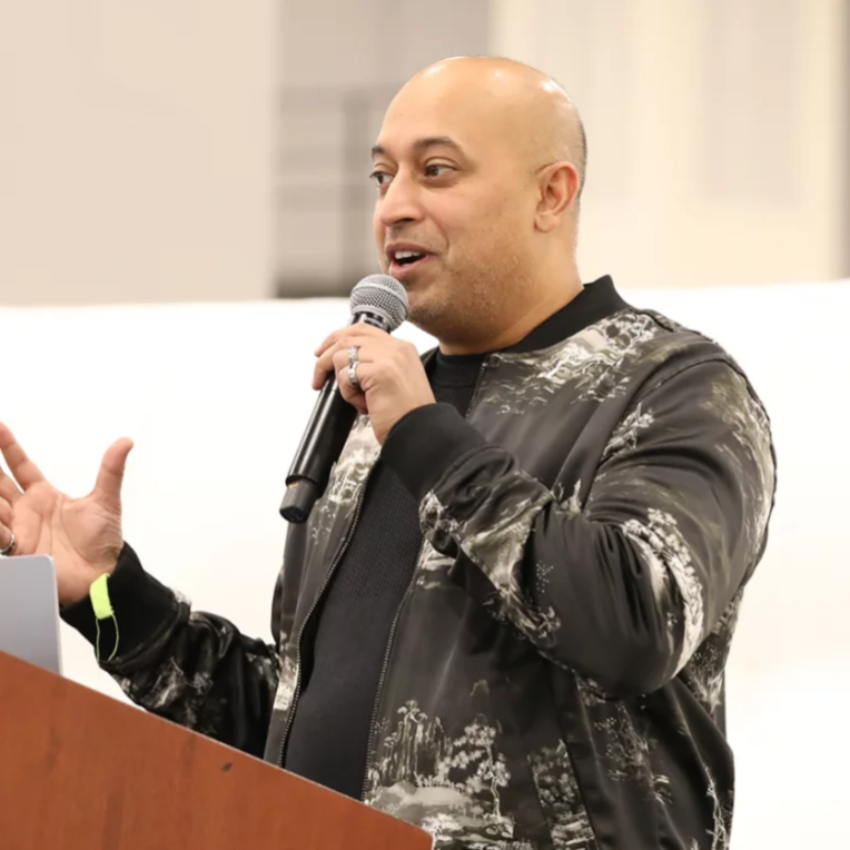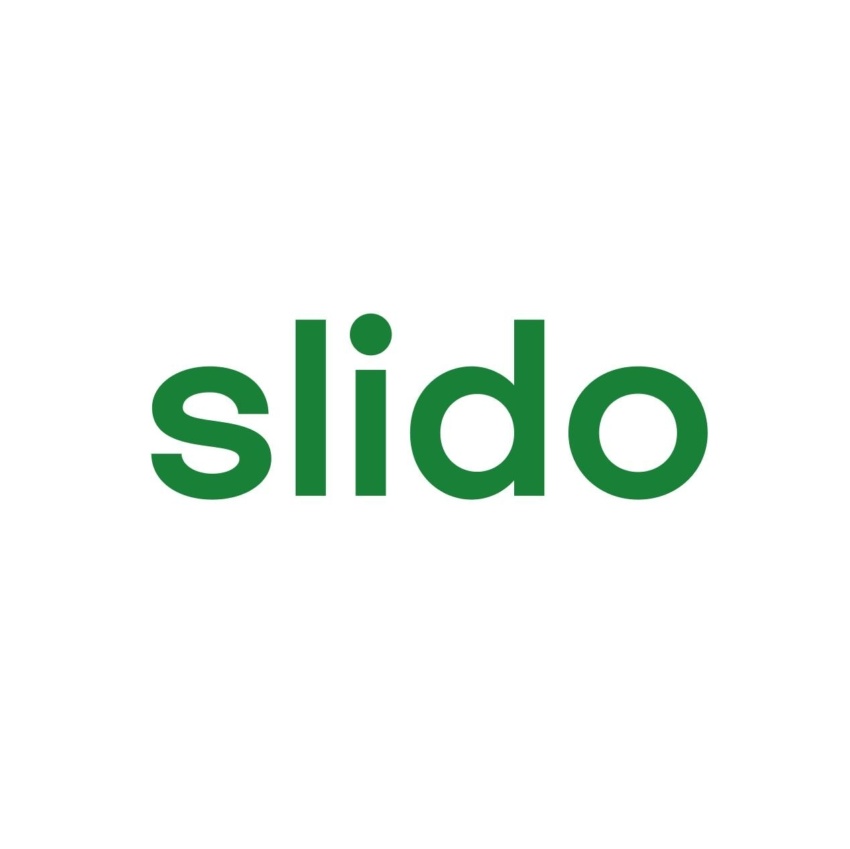How event technology can boost engagement and interaction at your event
Regardless of how insightful your speakers’ content is, there’s always a gap between what they present and what the audience wants to learn about.
Event technology can help you bridge this gap.
Thanks to interactive live polls, speakers can collect audience insights, discover the most relevant topics and tailor the content of their presentation to enhance their attendees’ learning.
Also, allowing the delegates to interact actively with the speakers turns a presentation from a passive, one-way content broadcast into a meaningful conversation.
Here are five tips on how to leverage live polls to create a participant-driven learning experience at your event, along with a couple of practical examples.

1. Get to know the audience
For speakers, knowing who is sitting in the audience is priceless. They can better anticipate the delegates’ knowledge and make the presentation as useful for them as possible.
At last year’s IMEX Frankfurt and IMEX America, several speakers ran a quick multiple-choice poll at the start of their sessions to get to know their audience. Here are some example polls for your inspiration:
How do you participate in trade shows?
- Host/ event organiser
- Exhibitor
- Sponsor
- Attendee
- Speaker
- Other
How long have you been in the meetings industry?
- New to the industry
- Less than 5 years
- About 5-10 years
- More than 10 years
2. Discover the attendees’ expectations
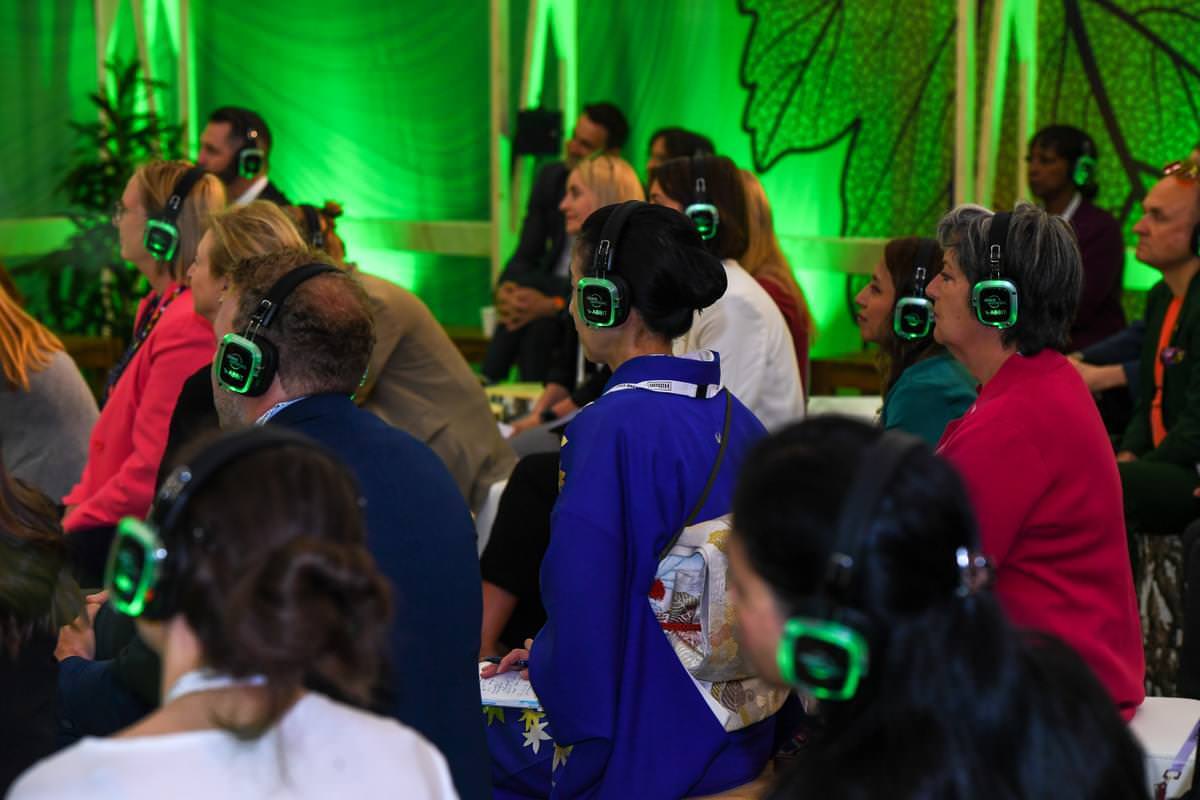
Besides the professional background, it is also beneficial for the speakers to know what expectations the attendees have from the session. This way, they can steer the discussion in the direction of the most relevant topic.
The best way to go about it is by running a multiple-choice poll such as the following:
What would you like to learn more about?
- Meeting design
- Community management
- Handling food waste at events
- Event technology
- Making meetings more inclusive
Alternatively, you can turn this into a word cloud with people submitting their preferred topics:
In one word, which topics would you like to hear about today?
Once people submit their preferences, the speakers can use it and dig deeper into their chosen topic instead of covering all topics without substance.
3. Check the level of knowledge
Often, speakers don’t know what the attendees already know. Should they cover the very basics or can they go straight into the advanced stuff?
Thanks to a simple rating poll, the speakers will be able to tailor the content of their presentation to their participants’ level of knowledge and thus maximise their learning.
Here are some example polls:
On a scale of 1-5, how familiar are you with GDPR? (1=not at all, 5=very familiar) (rating poll)
How experienced are you with managing attendee data? (1=not experienced, 5=very experienced) (rating poll)

4. Identify pain points
Delegates come to events to find answers to their questions. The best way for the speakers to provide them is by discovering what the attendees struggle with.
An easy way to do it is through an open text poll such as:
What’s the biggest hurdle that you face at work? (open text)
Let the delegates type in their answers and then go through their submissions together and discuss them. This technique is suitable for smaller group setups (up to 20 people) because going through all of the answers can get a bit time-consuming.
For larger groups, make it a multiple-choice poll with options that the delegates can choose from, such as the following:
What’s your biggest challenge in financing your event?
- Fundraising
- Measuring ROI
- Creating valuable partnerships
- Meeting sponsors’ expectations
- Justifying the costs
Alternatively, you can crowdsource your delegates’ challenges in the form of a word cloud. Try something like:
Using one word, what’s the major challenge event organisers are facing? (word cloud)
Word clouds are a great option for large audiences: the more submissions, the better the word cloud graphic will look on the screen.
5. Collect views and opinions
Letting the delegates express their opinions works particularly well in presentations that claim one strong argument. This allows the speaker to find out where the audience stands and work toward either supporting that claim or challenging the audience’s way of thinking.
To achieve that, try the “true or false” type of polls that are easy to facilitate. The speaker gives the audience a clear statement and asks the delegates to vote for one of the two options. Here are some examples:
Attendee engagement only happens during the event.
- True
- False
TikTok is just for teenagers.
- True
- False
To magnify the impact of the poll, we advise the speakers to run the same poll at the beginning and at the end of the session to see whether there was a shift in the attendees’ opinions.
For more event best practice tips, join us at IMEX! We offer more than 150 education sessions across our three-day trade show.

